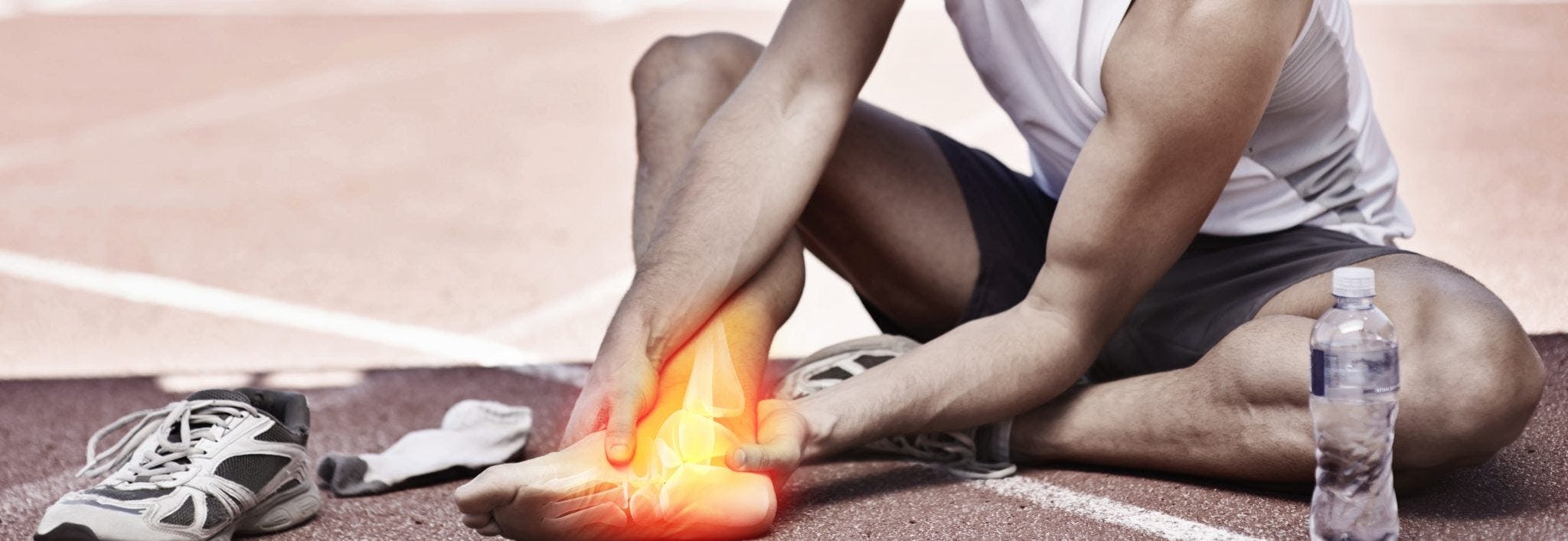
2025-06-10T13:54:10
Understanding Skin Grafts
- Dermatology
- Family Medicine
- Internal Medicine
- Orthopedics
June 14, 2017 | Family Medicine
Specialties:Family Medicine • Hand, Wrist, and Elbow • Sports Fitness and Physical Therapy

Sprains and strains are common and relatively similar injuries when looking at their signs and symptoms, but they differ in the parts of your body they affect. A sprain refers to the stretching or tearing of ligaments, the bands of fibrous tissue that connect two bones together in the joint. The ankle is the most common location for a sprain.
A strain, on the other hand, is a stretching or tearing of a muscle or tendon rather than a ligament. A tendon is a fibrous cord of tissue that connects muscles with bones. The most common locations for sprains include the lower back and the hamstring muscle in the back of the thigh.
Symptoms vary with each particular injury based on the severity involved. Sprain symptoms include:
Strain symptoms can include:
In mild cases, these injuries can be treated at home. If you can’t walk more than four steps without pain, can’t move the affected joint or have numbness anywhere in the injured area, however, you should see your doctor.
A sprain occurs when a ligament is overextended or torn as it’s being severely stressed. Sprains can occur on some of the following areas, under the following circumstances:
Strains, on the other hand, are broken up into two categories: acute strains and chronic strains. Acute strains refer to muscles becoming strained, pulled or possibly torn after it stretches unusually far or abruptly.
Examples include:
A chronic strain results from prolonged, repetitive movements of a muscle, which can sometimes occur on the job. It can also occur during sports like gymnastics, tennis, rowing and golf.
Factors that can contribute to both sprains and strains include:
Depending on the joint involved and the severity of the injury, treatment for strains and sprains include:
For immediate self care for a sprain or strain, the RICE approach can be effective:
Your doctor can also be of assistance with the RICE method.
Prevention methods for strains and sprains include regular stretching and strengthening exercises. Try to stay in shape for your sport, and engage in regular conditioning if you have a physically demanding occupation or hobby.
To learn about ways to prevent strains and sprains, or if you’ve suffered one of these injuries, speak to your doctor, who can best recommend a course of action specific to your case.
“Sprains and strains.” The Mayo Clinic. http://www.mayoclinic.org/diseases-conditions/sprains-and-strains/basics/definition/con-20020958
“Sprains and Strains.” Medline Plus. https://medlineplus.gov/sprainsandstrains.html
WRITTEN BY:
Orem Family Medicine

2025-06-10T13:54:10

2025-04-24T14:00:43

2025-03-10T14:24:39

2025-01-21T10:28:42
This information is not intended to replace the advice of a medical professional. You should always consult your doctor before making decisions about your health.